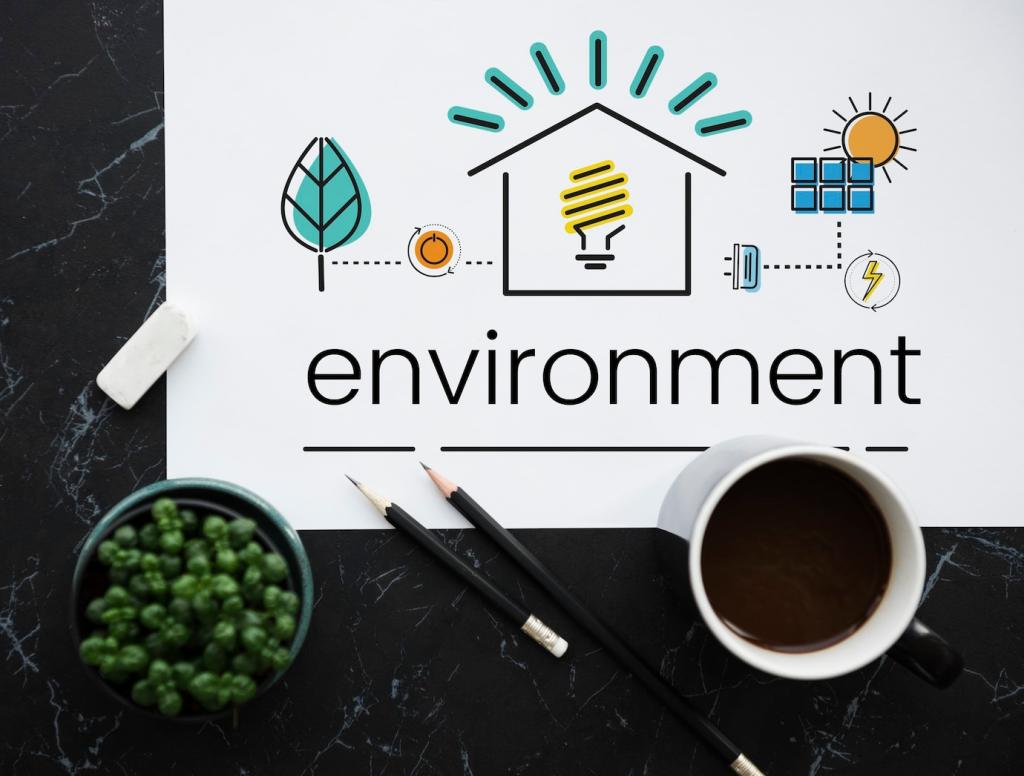Plan An Editorial Rhythm That Sustains You
Pair timeless posts—like natural cleaning basics—with seasonal content: spring window sealing, summer shading, autumn composting, winter humidity. Ask readers which season stresses them most, then promise a focused series addressing that challenge.
Plan An Editorial Rhythm That Sustains You
Outline three related posts at once, record short behind-the-scenes notes, and repurpose into checklists or newsletters. Refresh top performers with new data and quotes. Invite readers to flag outdated sections so updates serve real needs.
Plan An Editorial Rhythm That Sustains You
Prioritize dwell time, saves, email replies, and repeat visits over raw clicks. Share what you learned in monthly transparency notes. Ask subscribers which metrics reflect value for them, then align your goals with the community’s definition of success.





